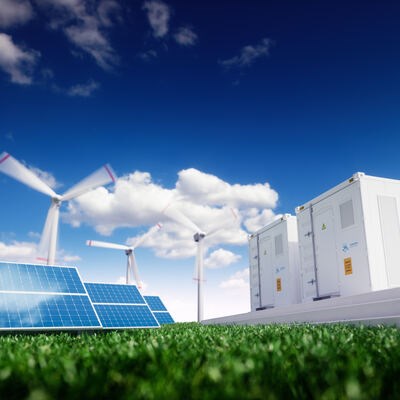Commission proposes rules for renewable hydrogen – good news for the Finnish export industry

The European Commission has published two pieces of legislation as part of the wider EU hydrogen regulatory framework. They will define what kind of electricity can be used to produce renewable hydrogen in the EU. Future electricity production in Finland is expected to be well below the emission limit, allowing grid electricity to be used for hydrogen production throughout the country.
The European Commission's new hydrogen regulation is of great importance, for example for the production of zero-emission steel or other hydrogen-based products.
Under the REPowerEU energy plan, the EU aims to achieve an annual production of 10 million tonnes of renewable hydrogen in the EU. The Finnish government's decision in principle of 9 February 2023 sets a target of producing 10 % of Europe's renewable hydrogen in Finland, which means that our annual hydrogen production will increase to 1 million tonnes by 2030.
We will see a massive wave of investment in both electricity and hydrogen production as well as in zero-emission industry in the coming years.
"To achieve this, the electricity demand for electrolysis can be estimated to be 39-48 TWh (66.6 TWh of electricity produced in Finland in 2022). In addition, the electrification of industrial processes and transport, and the fact that domestically produced hydrogen is primarily used in Finland, will lead to a massive wave of investment in both electricity and hydrogen production and zero-emission industry in the coming years. The most likely bottleneck is in fact a shortage of talent, even if investments are delayed", says Reijo Munther, Head of European Initiatives and EU energy adviser at Business Finland.
Finland has a competitive advantage: grid electricity can be used to produce hydrogen throughout the country
The Commission's proposal contains three main rules for supplying renewable electricity consumed by hydrogen production; the third of which allows the use of nuclear power:
- The hydrogen plant is directly connected to a renewable energy resource.
- The hydrogen plant is connected to an electricity grid where the share of renewable energy in the electricity grid exceeds 90 % (calculated on the basis of the previous calendar year in the bidding zone where the hydrogen plant operates).
- The hydrogen plant is connected to the grid in a bidding zone where the CO₂ emissions from electricity production are below 18gCO₂eq/MJ, stipulating that the electricity consumption is compensated by PPAs (long-term power purchase agreements) for renewable energy. The conditions also include articles on the temporal correlation between hydrogen production and renewable electricity production during and after a given transition period, and on the geographical correlation of production.
Only few bidding regions in Europe fall below the above emission limitation.
"Finland's future electricity production will remain well below the emission limit, especially with the start-up of Olkiluoto 3 and the addition of wind power capacity. It should be noted that, in this case, it will be possible to use grid electricity for hydrogen production everywhere in Finland, which can give a major competitive advantage to Finnish hydrogen production" Mr. Munther underlines.
Read the full article with related links in the news article in Finnish.
Writer: Touko Närhi, junior policy officer, Business Finland Bryssel